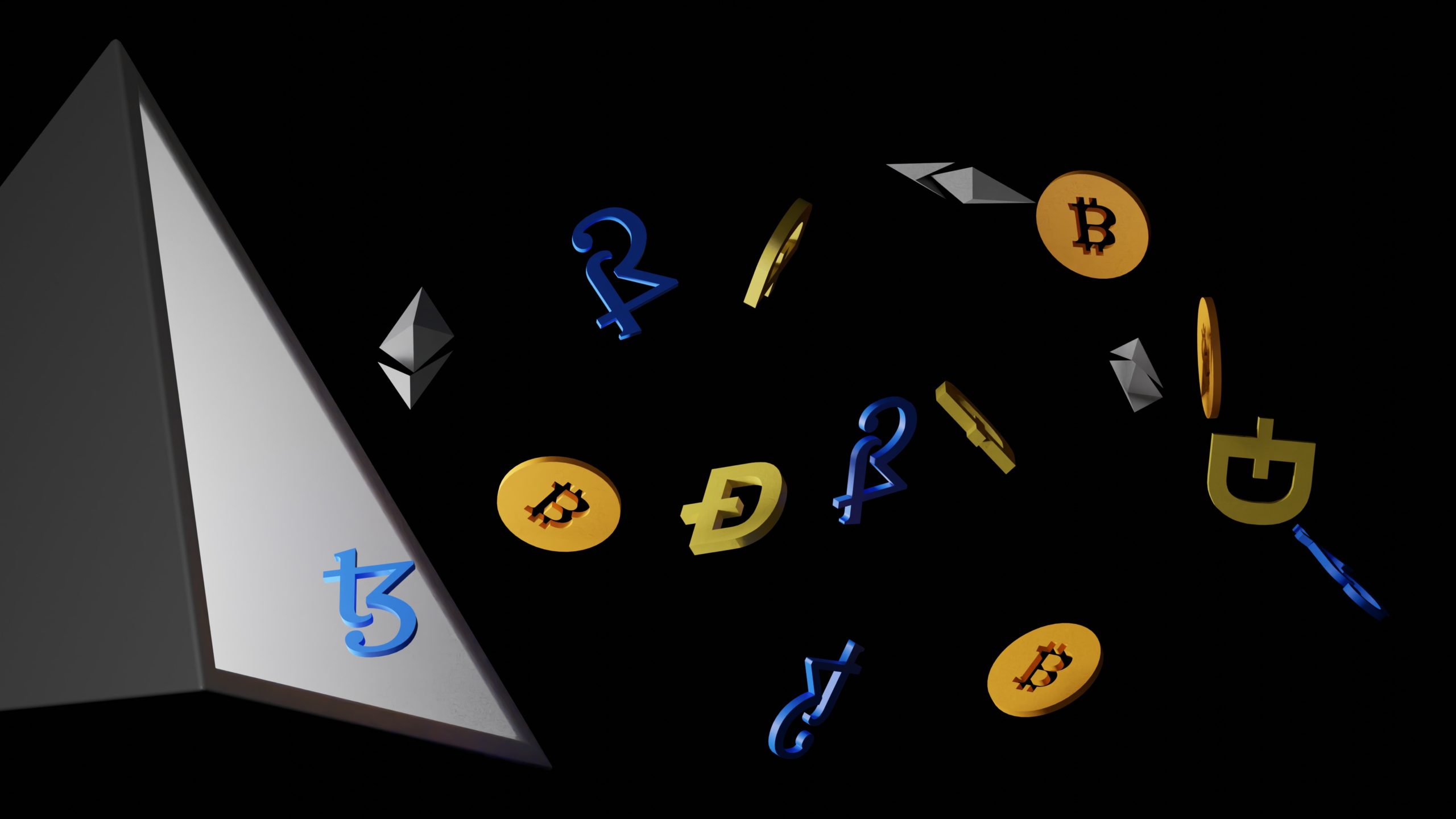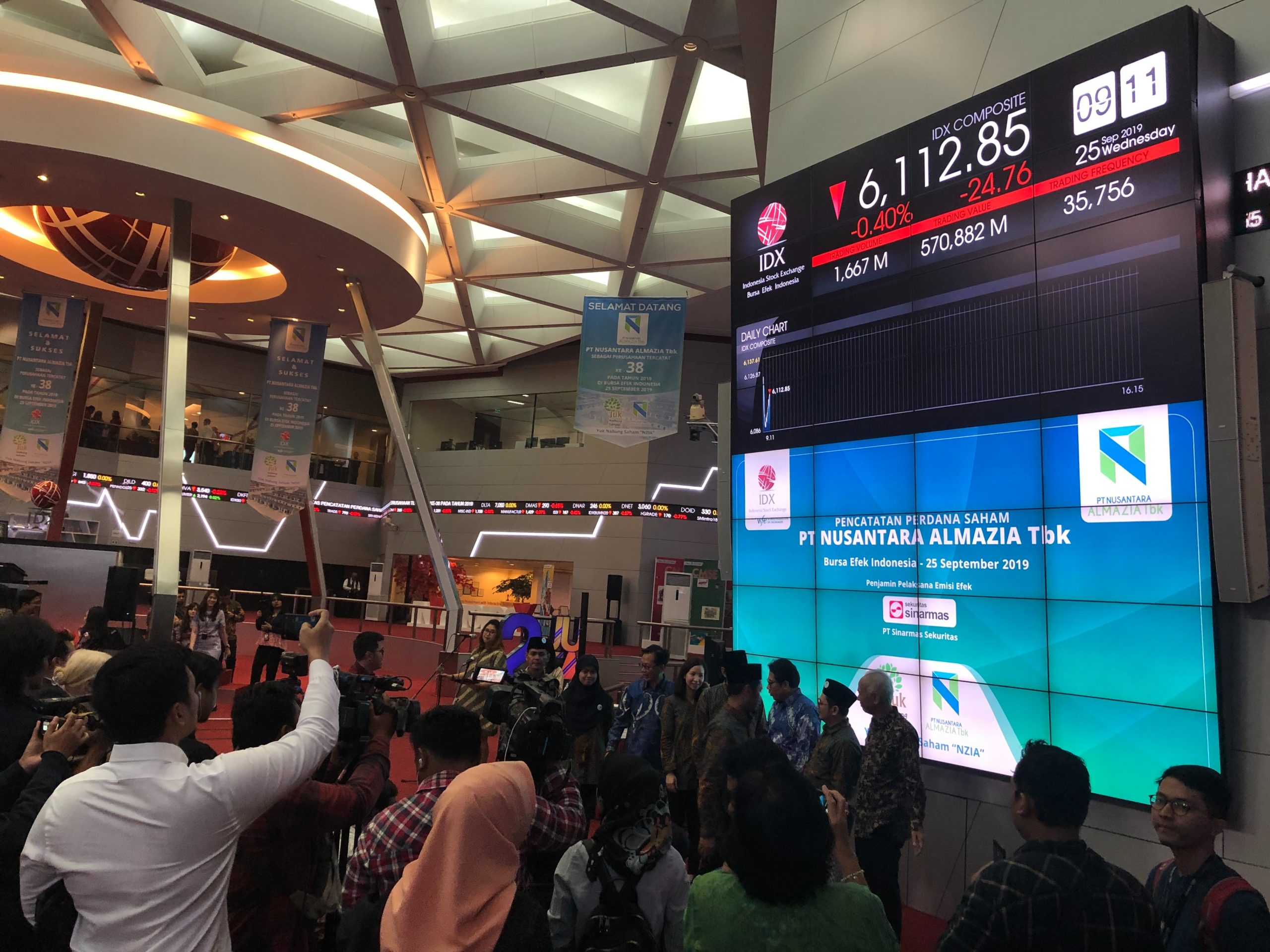
As a whole, Africa is vastly diverse, almost covering 20% of Earth’s land mass. Being the second-largest continent, it is also the second most populous; home to approximately 1.4 billion people. The African workforce is employed across the world in large numbers and the remittances from this working-class diaspora make Africa one of the high-ranking receivers of foreign remittances.
Money comes into Africa for various reasons; investments, remittances to friends and family, business transactions, loans, etc. Similarly, various channels are available from Europe and other parts of the world to transfer money to Africa. We will discuss each of the channels so that the reader can make an informed decision based on exchange rates, transaction fees, and time factors.
The channel you choose solely depends on three things; fees charged, exchange rates offered, and the time the transaction takes to complete. Note, that a transaction is complete only when the recipient can draw/collect money. Some channels charge a higher fee but offer a competitive exchange rate, while others offer lower fees and best exchange rates and cover the difference through hidden charges. Hence you have to be aware of the subscripts and hidden charges of the service before you commit the transaction.
Bank Transfers
Bank transfer is a convenient way to transfer money from Europe to Africa; also, one that is more expensive than other methods we will discuss here. The biggest advantage of choosing a bank transfer is that there is no limit on the amount you send. Secondly, banks are endorsed by states and hence lend immense credibility and security. A peace of mind that can never be attained from any other channel.
Disadvantages include high service fees, lower exchange rates, and 3 to 4 days of processing time. A bank usually charges $10 – $50 per transaction, this fee can go up if the receiver’s currency is rarely traded or the destination is listed as remote.
Digital services
Digital services include mobile apps, web-based platforms, and other online money transfer services. Companies such as PayPal, Wise, etc. offer services free of charge or at a very low fee for many African countries. It is a cheap method for quick, low-amount transactions.
Digital transfers are possible between two users of the same digital service regardless of their geographical location. Money is moved instantly and can be used digitally or withdrawn in local currency by the recipient. The two disadvantages though are; firstly, digital services have an upper limit of not more than USD 2000 in most cases. Secondly, due to its rapid transfer, the user needs to be vigilant while entering the recipient’s credentials, as, unlike a bank teller who will point out a wrong entry, the digital platform is designed to obey command even if it is incorrect.
Wire transfers
Commonly known as cash transfers, is yet another way of sending money to almost any part of Africa. Even the remotest parts have a branch or two of Western Union, MoneyGram, Remitly, etc. Simply walk into your nearest wire transfer office or kiosk and pay the amount you wish to send in cash. Provide the recipient’s cell number, address, national identity number, etc.; you will receive an instant notification that a certain sum has been processed for transfer. The notification will also mention the fee charged, the exchange rate applied, and the final amount receiver will receive. Note that the transaction fee may be charged at both ends in some cases.
The process takes 1 to 2 working days. Once the money is transferred, the receiver is notified with a similar message; only this time a secret code is included. On producing this code and his/her credentials at a branch of the same service, the receiver can cash out the amount in local currency.
Wire transfers generally allow a $10,000 max transfer limit, which for remittance purposes is quite sufficient. The service charges depend on country and location, while the exchange rate depends on the currency.









